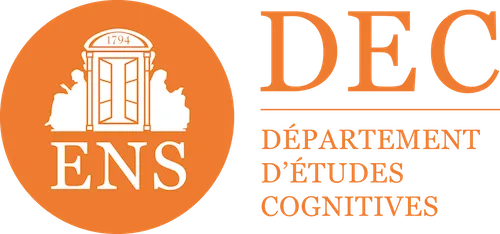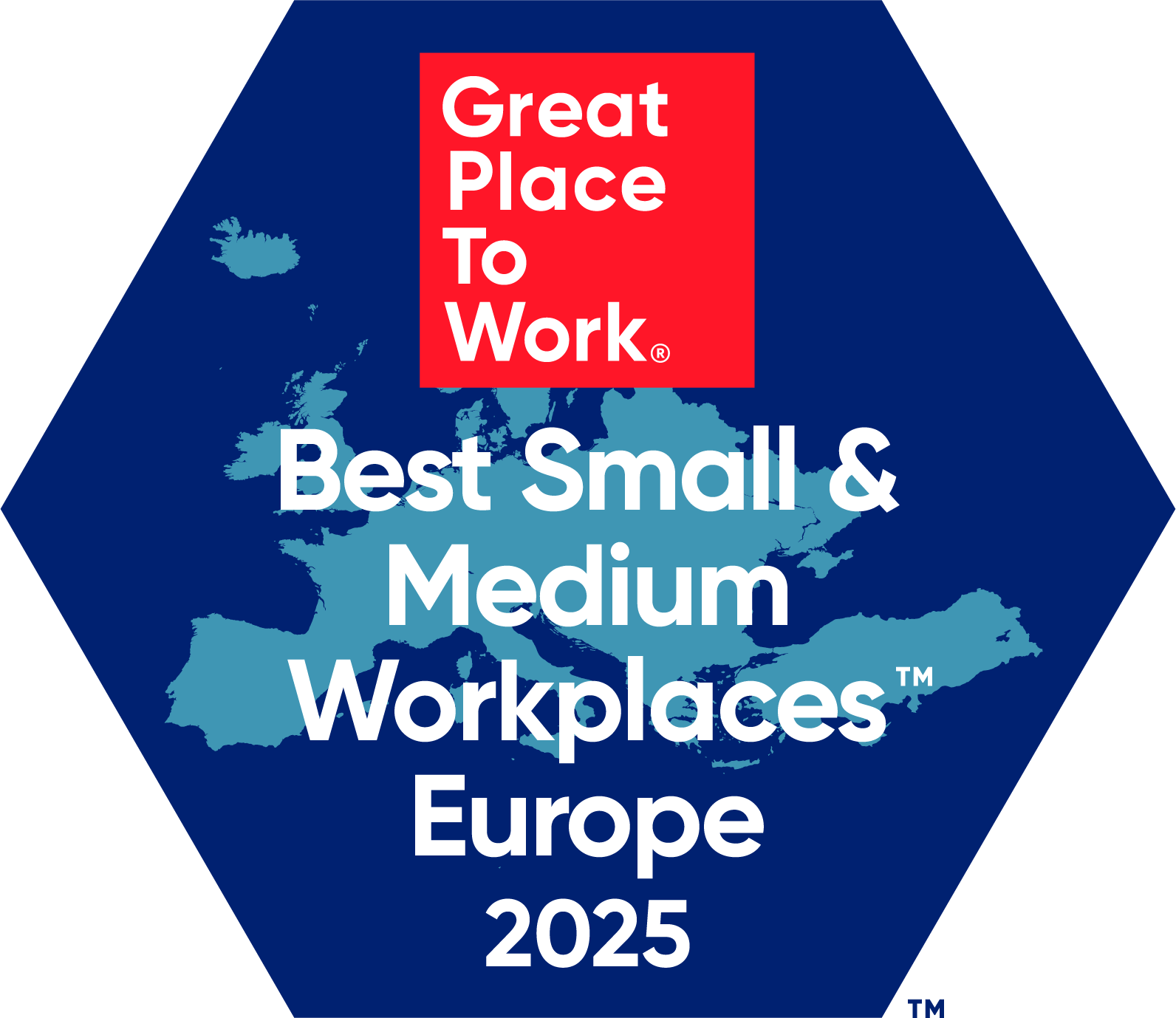

Knowledge Management in business: why rely on an LMS?
Summary : Centralizing, organizing and making available all the knowledge available within your organization is key to achieving your growth goals and promoting the retention and development of the skills of your talents. An LMS (Learning Management System) with the right functionalities and accompanied by the right processes can play an important role in this management. In particular, it can help identify new sources of knowledge and existing gaps, and engage all employees in active knowledge sharing.
Can an LMS really help with knowledge management?
For an organization to be successful, it must act on a plinth of shared information. And, ideally, on the best information, that is, the information that is The most up to date and validated by internal experts (professions etc.). This requires
- identify them,
- to extract key information from it,
- to store them intelligently (search system, intelligent division, tags etc.) and
- to distribute them instantly throughout the organization.
Several companies use document management software dedicated to these purposes. But if you could kill two birds with one stone and ccombining your management challenges and your training challenges ? That's what the all-in-one solution offers Didask, a software that will allow you to be at the forefront of the organization of know internal and the training of your employees?
Why use Didask?
Didask is the Learning Transformation Platform, a centralized Learning Platform that Transform your raw content into powerful learning experiences as effective as the best private coach, thanks to cognitive science and at theartificial intelligence.
4 key points allow us to help our more than 200 customers in their knowledge management:
- A modular structure with high granularity : Didask makes it possible to effectively store, categorize and reuse educational content designed in person and virtual classes (PDF, videos, slides, etc.) thanks to its ability to segment content into programs, courses, chapters, chapters, modules, and granules effectively, facilitating the management and sharing of resources within your organization. The possibility of duplicating and transforming content into templates promotes the reuse and customization of training courses from one institution to another, as well as their adaptation to different audiences (beginner to expert for example).
- An educational AI that transforms your content into effective training experiences : Didask's AI automatically generates training experiences based on existing content, offering adapted formats such as Adaptive learning, of situations, flashcards for memorization, and even complex evaluations, which directly feeds the objective of industrializing best practices. Didask educational AI allows you to create 10 times faster really effective training.
- A cognitive approach designed for maximum efficiency : With a learner-based approach, Didask deconstructs preconceived ideas, motivates, facilitates memory and ensures the applicability of knowledge in real life, guaranteeing a sustainable transformation of practices.
- AI learning assistants integrated into work tools : In the medium term, Didask will propose the integration of intelligent learning assistants into daily work tools, customizable by managers to meet the specific needs of learners in the field. If you want to know more about our vision of generative AI at the service of pedagogy, read this article “Beyond ChatGPT: Generative AI at the service of pedagogy”
Thanks to its flexibility, its ability to integrate AI and its approach based on cognitive science, Didask promises not only to achieve the goals of content reuse, inspiration and educational effectiveness but also to bring about a sustainable and significant transformation within the group.
1) An intelligent modular structure ideal for storing your educational assets
With Didask, you can centralize your content in modules (if necessary face-to-face or virtual classes) containing resources called “granules”. The granules are the smallest level of content in Didask (1min to 1min 20 of content) and correspond to an educational objective. These granules can correspond to PDFs, videos of any size, or content in native formats available in our authoring tool (simulation, image analysis, etc...). They can also be imported in SCORM format.
The structure of the Didask platform allows 5 levels of granularity : programs, courses, chapters, modules and granules. The contents can be arranged in sub-spaces of your platform for the different divisions of your group and shared to one or more authors of these sub-spaces according to your needs. Different authors can collaborate on the same content and interact via a comments interface. Contents can also be arranged via thematic tags. Les educational goals content is stored directly on the platform, with the possibility of suggestion by the AI. The same module library can be divided into different versionscalled publications.Each content can be copied, duplicated, and transformed into a template, in a logic of Lego brick. Didask therefore allows you to arrange your content in a flexible way, in order to allow you to reuse to conduct training courses from one group of learners to another (for example, within a company with several institutions, from one institution to another) or from one period to another within the same establishment.
2) An educational AI to capitalize on your content in an intelligent way and generate effective training experiences
AI allows you to generate training experiences based on your content in one click, then to edit as part of your authoring tool. All you need to do is provide your core content and press a button. Didask educational AI puts the best practices of an experienced educational engineer just a few clicks away from any user, which can represent a significant financial gain (saving time on creation, financial gain in reducing the need for external service providers).
These modules, based on cognitive science, are designed from start to finish to push for real transformation. thanks to engaging and interactive formats with high educational added value: concrete situations with personalized feedback, flashcard sessions to promote memorization and anchoring... adaptive learning formats such as the positioning test are automatically offered without requiring additional design effort.
In addition to the e-learning module, you can also Generate complex evaluation questions based on your content with AI, for example a series of 10 questions where you have to decide on the right actions in various situations each time.
Educational AI can also offer feedback directly to the learner on a real task as part of the “corrected activity”. For example, the learner describes what they would do in an HR interview, and the platform automatically provides them with personalized feedback based on specific criteria. To create this personalized adaptive learning activity, you can rely directly on your pellets: no need for additional design.
We are currently experimenting with “teaching assistants” based on AI, embedded directly into your work tools. These assistants can answer questions from your learners, or provide them with feedback on tasks directly in the workplace. Idem, these assistants can be based on the content you have uploaded. Our team will take care of setting up integrations with your specific tools.
3) A differentiating cognitive approach: moving from information to transformation
Cognitive science research results amply show this: To transform an individual or a group of individuals in a sustainable manner, It is not enough to provide information in a top-down manner. The transformation of practices in the field involves a set of cognitive processes. common to every human brain, each with a specific challenge and requiring specific modalities.
First of all, you have to deconstruct a number of well-established preconceived ideas. Without this prior deconstruction, any additional information risks being rejected by learners because it will encounter cognitive dissonances. In these cases, only an approach based on simulation and feedback (“in your opinion, what will happen if...?”) , which makes the learner see for himself his mistakes, can give results.
To transform practices, the motivation is in order. However, motivation cannot be decreed; some formats are more or less effective in this area. An example of an effective format is the testimony of peers, who genuinely and frankly share their challenges and how they overcame them. This allows you to project yourself into a concrete situation and to increase your “self-effectiveness” (feeling of ability to change things), a key ingredient in motivation.
Of course, the trainings also ask forabsorb a considerable amount of information often technical. For this, explicit transmission is necessary, but it must respect certain key cognitive principles such as respect for cognitive load (granularization) and multimodality. Above all, long-term memory does not happen automatically: it must be obtained proactively by regularly requesting memory retrieval efforts, for example through flashcards; in the absence of such effort, the key elements will be forgotten as quickly as they were presented and the training will prove useless.
Finally, to anchor a transformation on the ground, You don't just have to understand concepts, you also have to know how to apply them : most often, e-learning courses are deficient in this respect and focus on the transmission of very generic theoretical concepts. Practice is absolutely necessary in order to fight against the illusion of mastery, an invisible enemy of vocational training; after reading slides or watching a video, the learner suddenly believes that he is competent; but, if we asked him how to do something concrete to solve a problem, he would in fact find himself in great difficulty. To be able to carry out the transfer of learning in a situation, the learner must project himself into numerous and varied situations, which allow him to discern between situations and to automate as much as possible the choice of the right approach in each situation. Then, he must himself make commitments, carry out tasks in real life, and receive continuous feedback: without this, the training may remain a dead letter.
These processes may seem demanding, but they are necessary. and make the difference between ineffective awareness and sustainable transformation. Through its platform and expertise, Didask supports you to ensure all of this transformation in an efficient manner. Our core business is to convert raw expertise and documents in Impactful teaching experience, where each format has been designed for maximum efficiency.

4) Our vision for the future: to complete the training experience by training assistants embedded in the work tools
Our ambition is to offer via Didask a universal learning assistant powered by AI, especially trained on your content and your data and integrated into your work tools daily, whatever they are. As an organization, you set up the platform by uploading your documents and you get a starting package fromlearning assistants useful (example: onboarding, sales training).
Experts/managers/teachers can then set up their own custom wizards to share best practices, simply by using natural language (“my HR should stop offering this remuneration package”) or by doing the task themselves (recording their screen). Meanwhile, learners can interact with a learning assistant at any time in a private and welcoming environment. This learning assistant coaches them throughout their work, answering their questions, giving them feedback and feedback specific to their context. For example, it can help an HR prepare for their next interview with a mock interview, feedback, and a goal to reach for the next interview.
We started by offering an innovative and efficient LMS platform; however, an LMS platform remains a solution used especially by those whose job is online training, for training formal. However, In companies, it is often difficult to get employees to come to an LMS platform : whether it's learners to train or business experts to create content. To solve the problem, you have to complete the apprenticeship Formal by dimension informal : Booster Apprenticeship Of coworkers in business where it really happens, in daily work, in the field and through the tools that employees use.
Make an appointment directly with our eLearning experts for a demo or simply more information.












